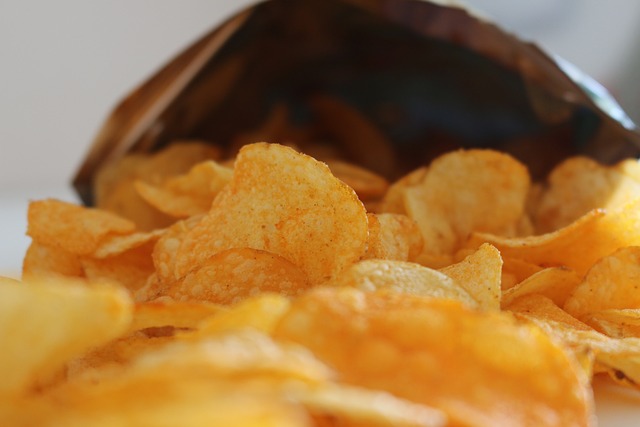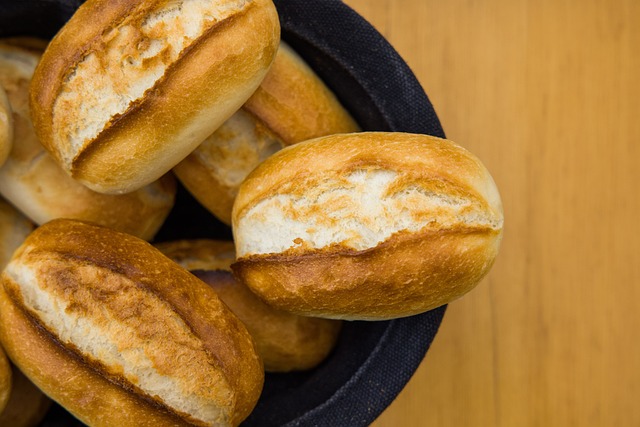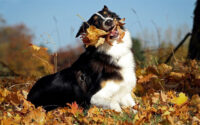Fats and Carbs for Your Dog
Finding the optimal feeding routine for your dog is about more than timing. It also includes what you will feed your dog. Here is a brief guideline of what would be acceptable to feed your dog.
Animal Fats
Table of Contents
Many animal fats contain just as many calories as vegetable oils but only two contain the fatty acids that are essential, and in the amounts necessary to give your dog what it needs. These are the pig (or lard) and the fat of a horse. Beef and mutton should not be used as the only source of energy for your dog, simply because they contain less than the necessary fatty acids that your dog needs. Animal fats contain over 120 calories in every tablespoon.
Cereal Grains
The main source of carbs, both for man and for dogs is the cereal grain. Found mostly in the starch, the starch can also be purchased in pure form, it containing about 30 calories per tablespoon or 470 calories per cup. Other grain resources include dry as well as:
- cooked breakfast cereals,
- rice (boiled),
- hominy,
- corn meal.
You should never give your dog a diet that contains more than 50% dry matter.
Potatoes

Although potatoes have more water in them the volume of carbohydrates is basically the same as in the grains found in cereals. You can use potatoes in the diet as well, just make sure that they don’t constitute over 50% of the diet, the same as with the cereal grains.
Breads

Bread is among the better carbohydrates to feed our dog. For one reason, it is usually fortified with vitamins and minerals that is needed for your dog. Another reason is that dogs tend to like the taste of bread more than cereal grains in their raw forms. Although some say that the bread should be toasted before giving it to your dog it really does not enhance the nutritional value because the grains have already been subjected to cooking. Toasting the bread does, however, make the bread easier to crumble into the rest of the food.
Specialty Flour Products
Something that you may not want to overlook is specialty flour produces such as noodles, spaghetti and noodles. These products have similar energy content to the cereal and grain products and like the other dry products, rice for example, they can be added to dry food and then cooked after the water has been added. This allows you to mix large amounts of dry food at one time and add water to smaller amounts as needed.


